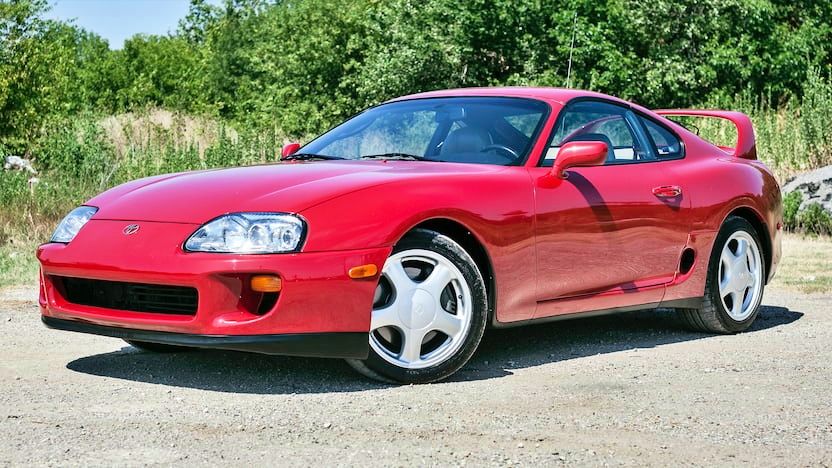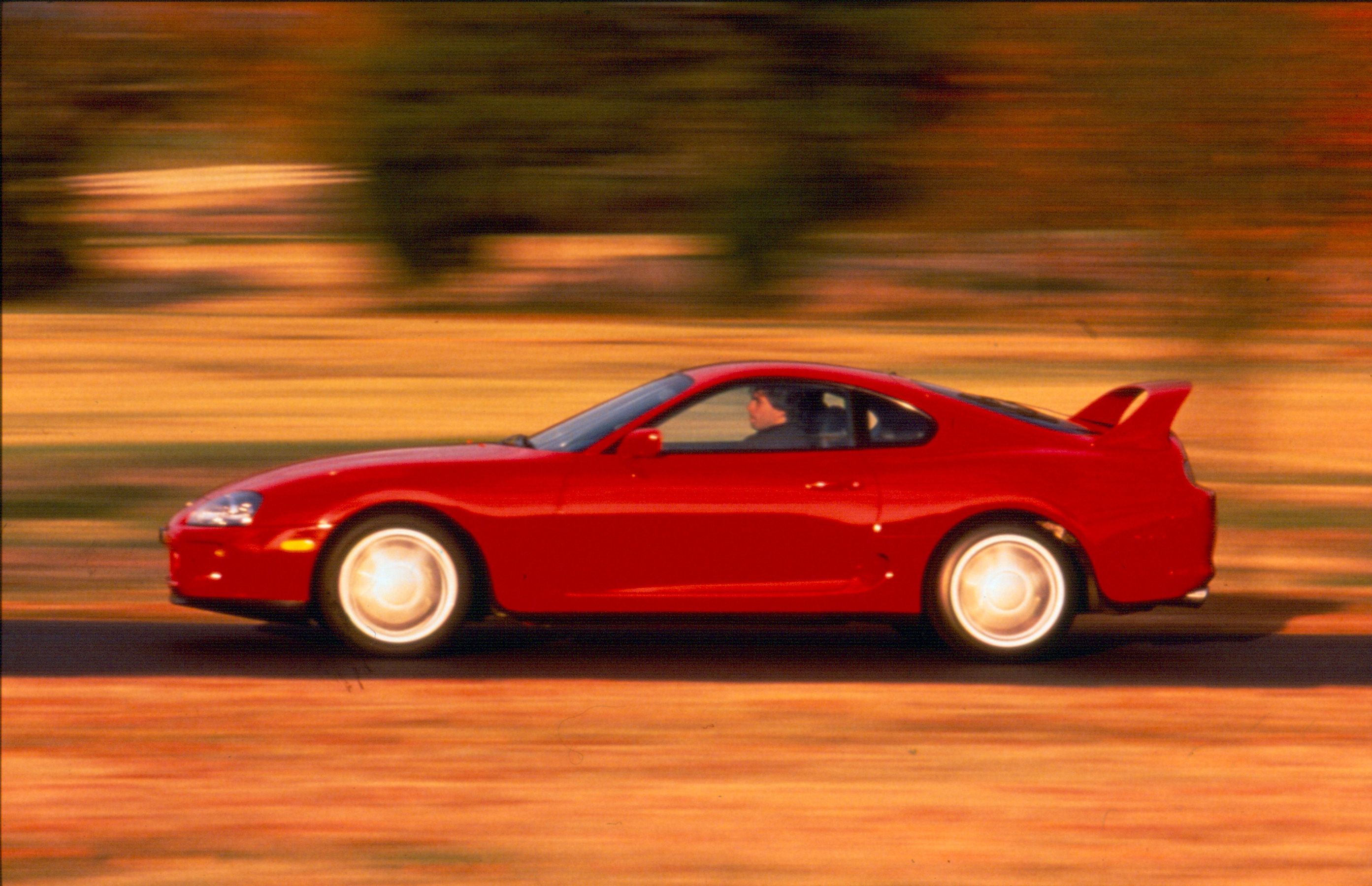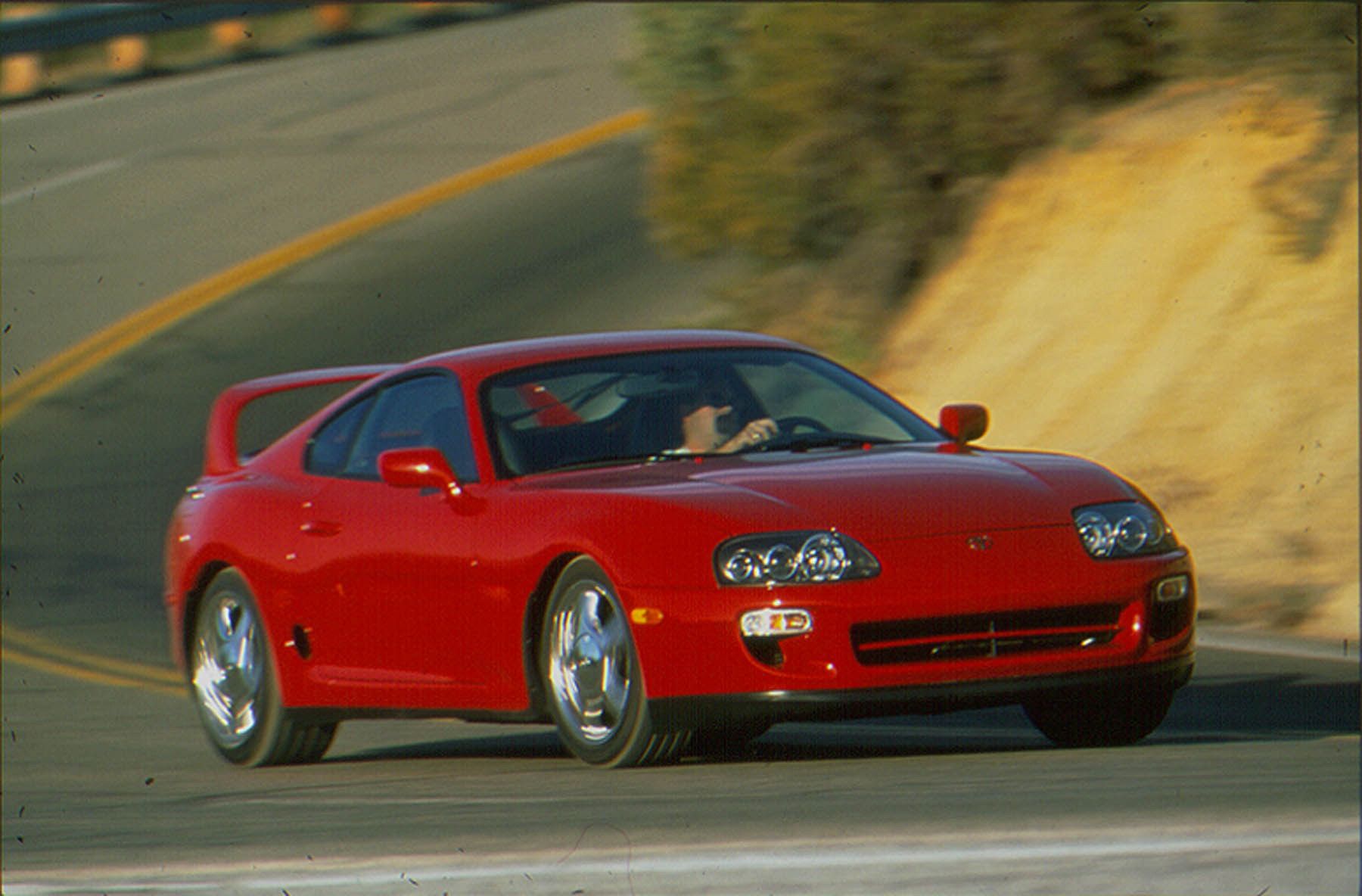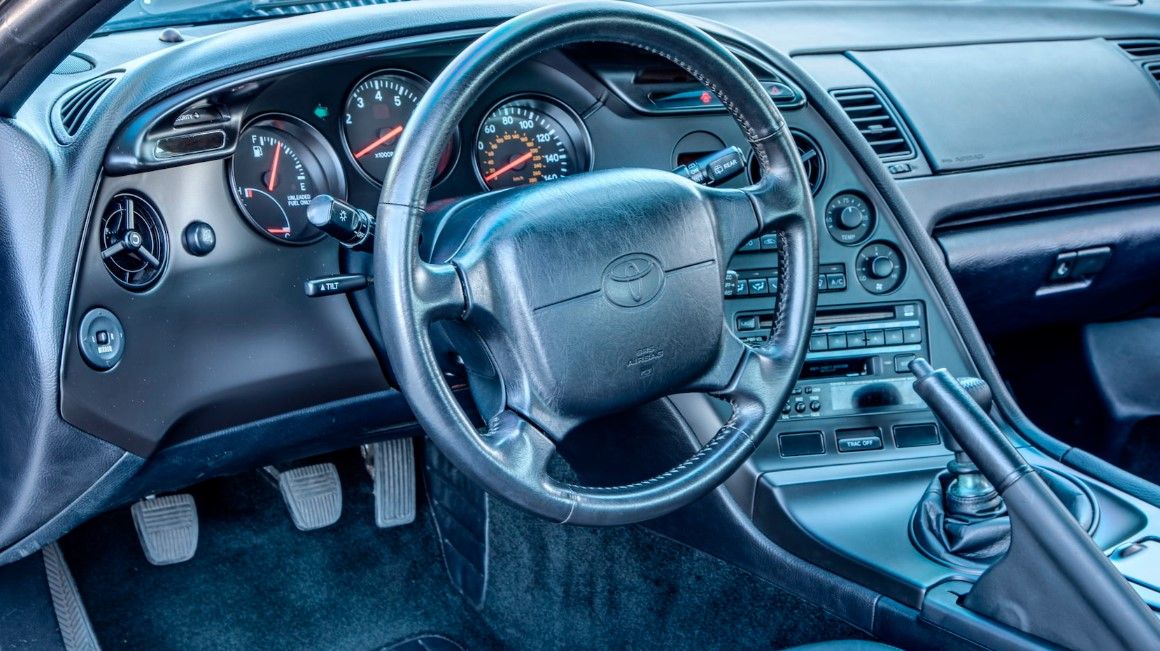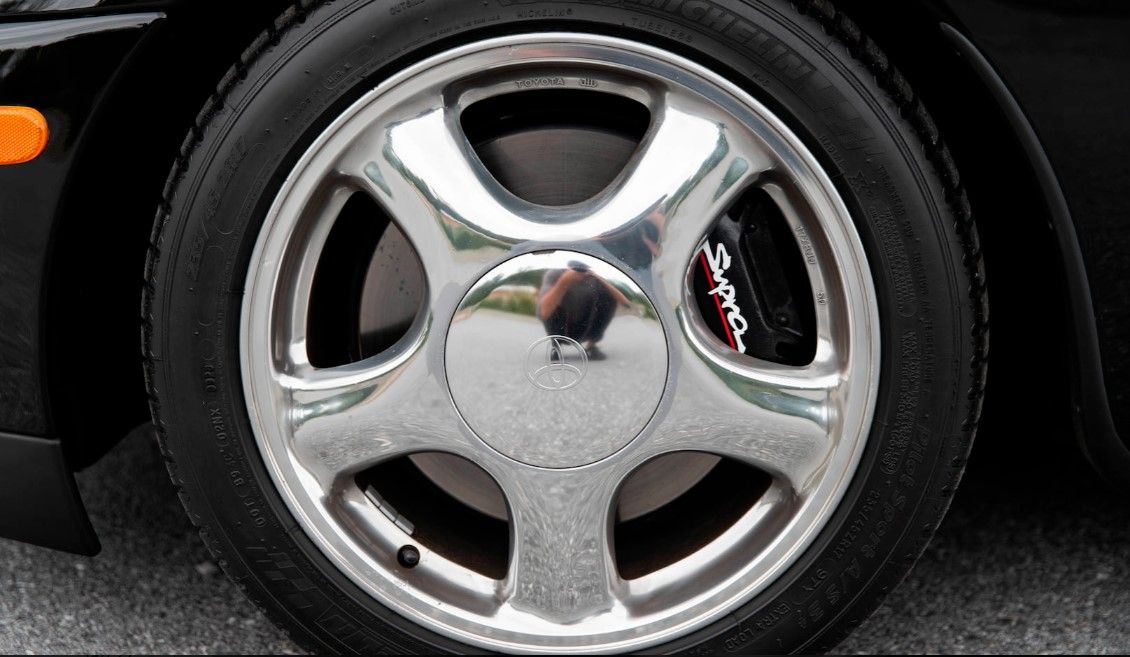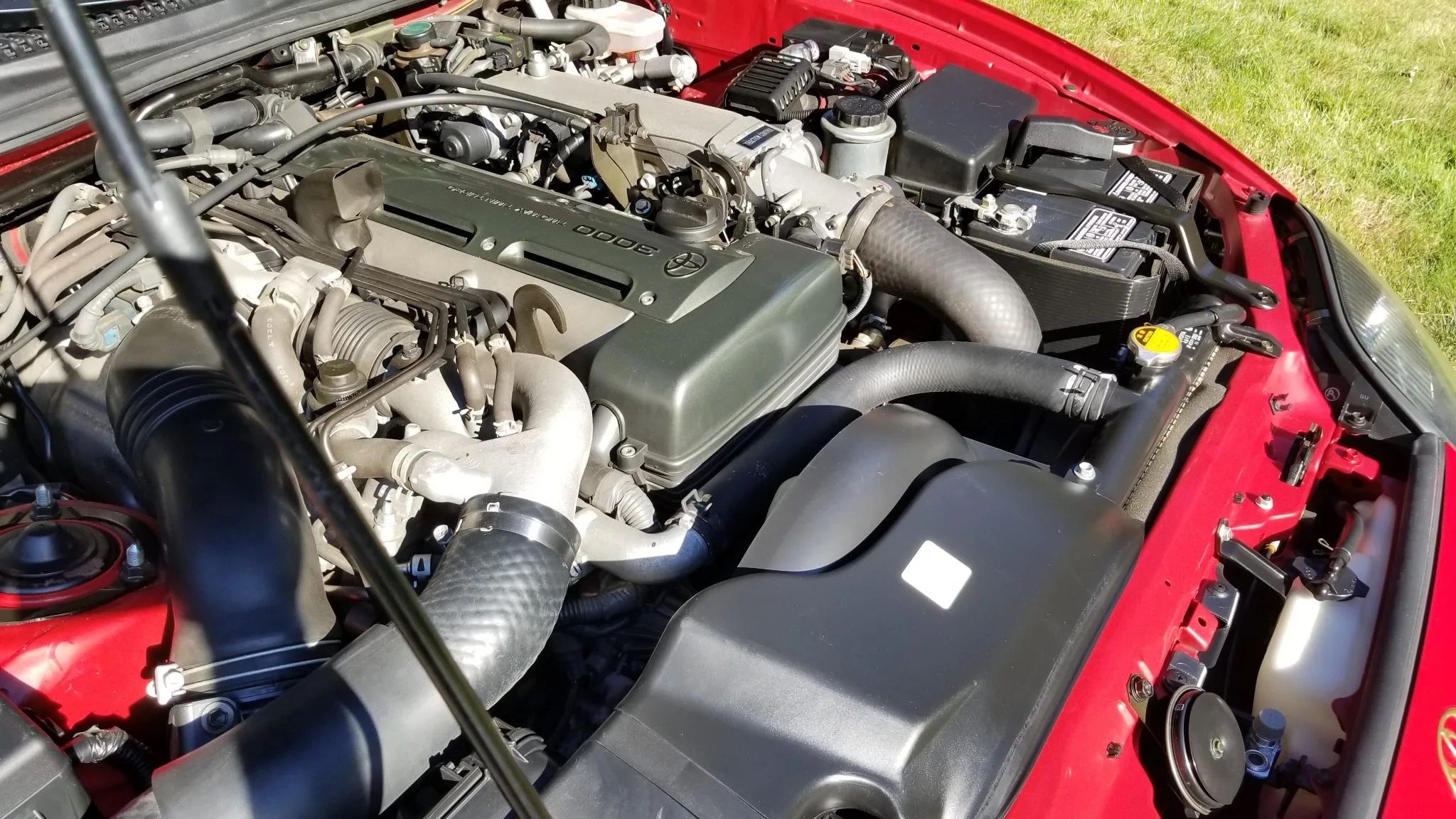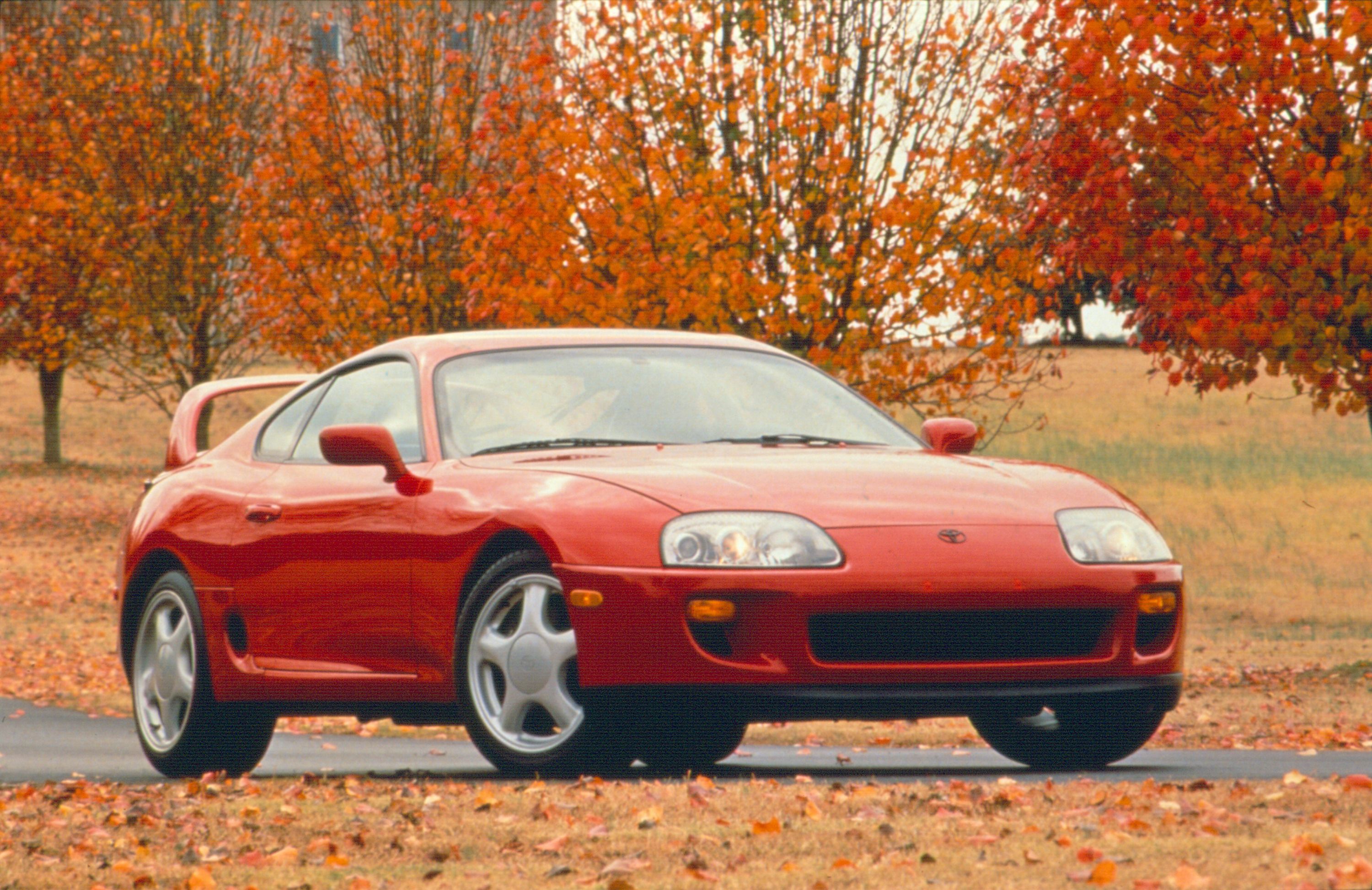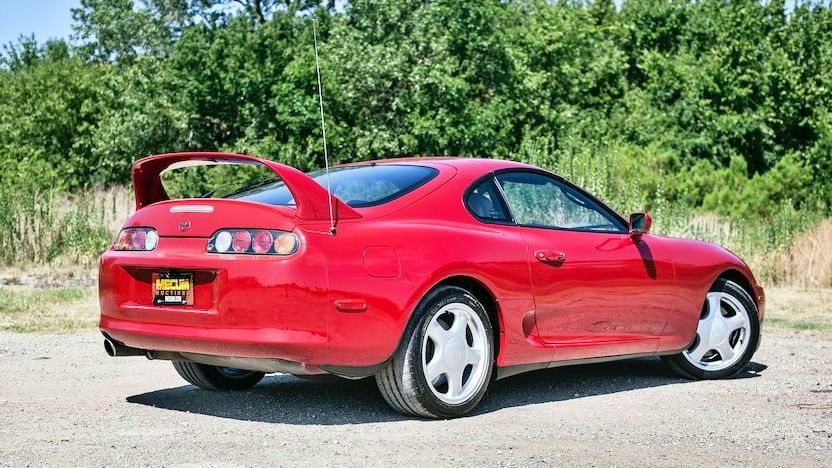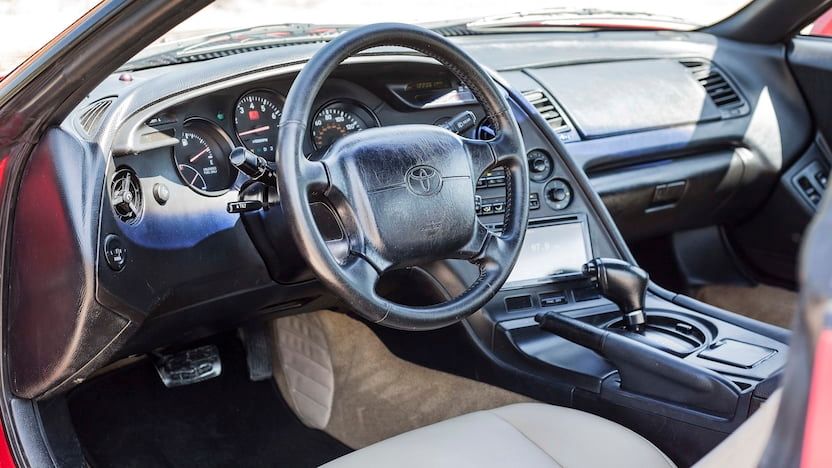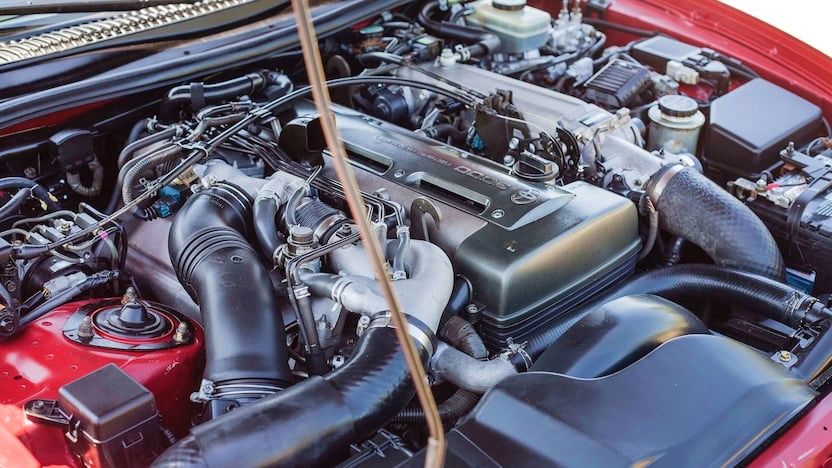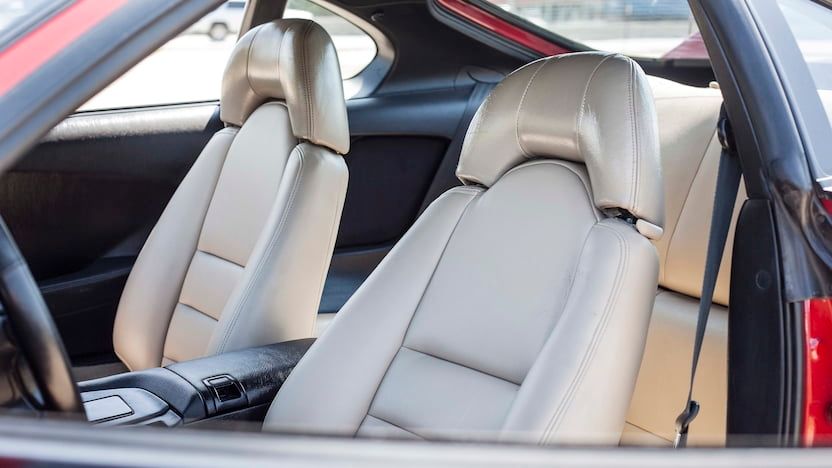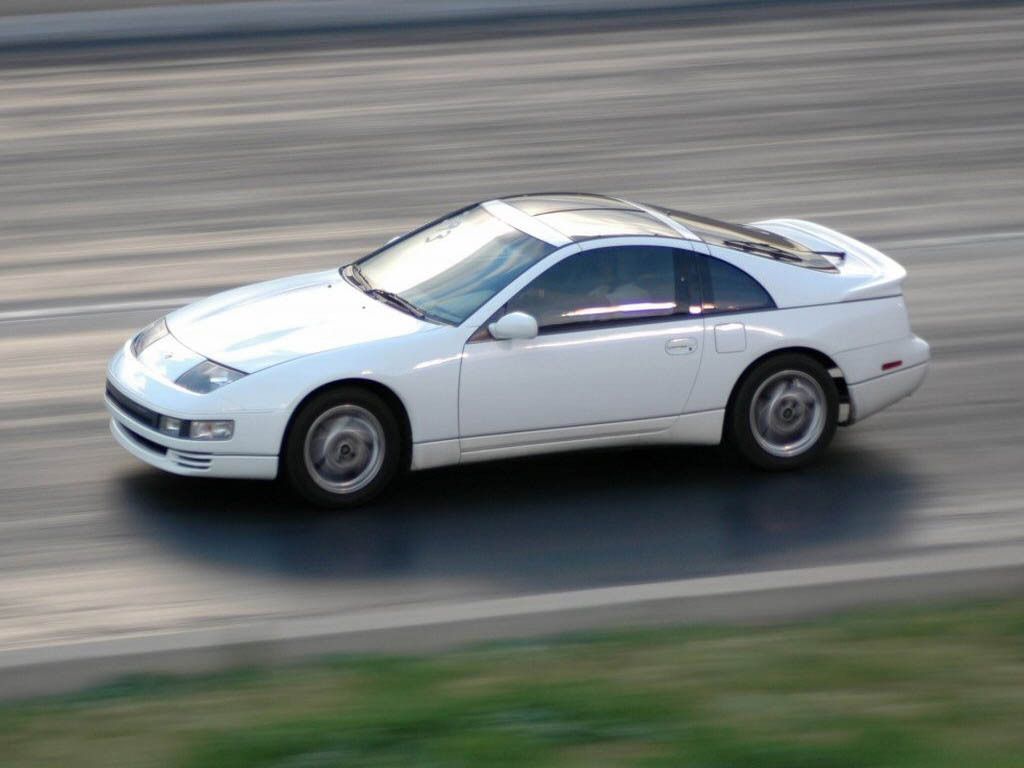Regarded as one of the greatest sports cars in history, the fourth-generation Toyota Supra A80 remains highly sought after even 30 years after its initial debut. And the Holy Grail for those in the market is the super rare, Supra MK4. Powered by the legendary Toyota 2JZ engine, the MK4 combined power, a nearly limitless power ceiling, and Toyota reliability.
It’s one of a handful of JDM performance cars that is responsible for inspiring generations of racers who were born well after the car’s initial debut. Although Toyota re-released the car (with the help of BMW) back in 2019 with the fifth generation, the fourth generation remains just as popular today as it was the day it rolled off the shores of Japan and into U.S. driveways.
1993 Toyota Supra
- New Design
- Powerful Turbo Engine
- Formula 1-Inspired Braking System
- Model: Supra A80
- Engine:: 3.0-Liter Twin-Turbo Inline-Six
- Power Output: 312 HP
- Torque: 325 LB-FT
- Transmission: 4-Speed Automatic / 6-Speed Manual
- Driveline: Rear-Wheel Drive
- Toyota Reliability
- Sequential Turbos
- Smooth Shifting Manual Transmission
- Expensive Entry Point
- Old Interior Design
- Tight Cargo Compartment
Make Model Performance And Capability
Running from 1993 to 2002, the A80 saw a nearly complete redesign with the Japanese Automaker putting a larger emphasis on high performance. It saw the introduction of two new engines: a naturally aspirated Toyota 2JZ-GE that put out 220 horsepower and 210 pound-feet of torque and a twin-turbocharged Toyota 2JZ-GTE that put out an impressive for the year, 276 horsepower and 318 pound-feet of torque for the Japanese models.
American and European markets got a different version of the turbo engine. Toyota upgraded the turbochargers which were sequential instead of parallel and added larger injectors. This bumped power output to 321 horsepower and 325 pound-feet of torque. These engines are shared with the Lexus SC300 of the same generation. Three transmissions were offered – a four-speed automatic, a five-speed manual, and a six-speed manual. Only rear-wheel drive is available.
In a move that was ahead of its time, Toyota took additional measures to make the A80 quicker without adding power by shaving weight. The coupe got an aluminum hood, front cross member and upper control arms, oil, and transmission pans along with a lightweight Targa top (when equipped).
This was enough to propel it to 60mph in just 4.6 seconds. This is quicker than every one of its main competitors by nearly a half second. The quarter-mile was just as impressive as it completed the distance in 13.1 seconds at 109mph. The top speed is an electronically limited 160mph. Remove the limiter and Toyota claims it can reach nearly 180mph.
Model | Toyota Supra |
Engine | 3.0-liter inline-six/3.0-liter twin-turbo inline-six |
Horsepower | 220hp/321hp |
Torque | 210 lb-ft/325 lb-ft |
Drivetrain | Rear-wheel drive |
Exterior Design
The Supra got a complete re-design in 1993. At first glance, you’ll notice a wide aggressive stance, unlike anything Toyota has ever produced. This combined with its Ferrari F-40-like rear wing (Toyota claims 66 pounds of downforce at 90mph) is enough to intimidate most pulling up next to you.
Approach it from the front you’ll notice three large openings, all without grilles that expose the radiator and other piping, intended to send as much air as possible across the intercooler and up into the intakes. From the side, the car’s curves and bends remind onlookers of Toyota MR2 and Celica. Its overall silhouette is curvier than the boxy style of the previous car.
The weight of the MK4 Supra is down 124 pounds from the previous generation. Exterior features that didn’t add performance were chopped, such as the dual exhaust tips which were sacrificed for the sake of 30-pound weight savings. There aren’t many factory color choices available for the first year as Toyota only offered six for the first year of the fourth-gen.
Years Available | Colors |
1993-1997 | Alpine Silver Metallic |
1993-2002 | Black |
1993-2002 | Super White |
1993-1996 | Baltic Blue |
1993-2001 | Renaissance Red |
1993-1996 | Anthracite Metallic |
1995 | Diamond White Pearl |
1995-1997 | Deep Jewel Green Pearl |
1997-1998 | Imperial Jade Mica |
1996-2002 | Royal Saphire Pearl |
1997-2002 | Quicksilver FX |
Interior Quality And Technology
Despite the Mark IV’s major exterior and mechanical redesign, Toyota engineers, unfortunately, didn’t feel like the interior needed an overhaul. This decision led to most of the cabin layout being carried over from the previous generation's car. It does maintain its Fighter Jet cockpit feel as the center console is angled towards the driver.
Gauges are large and easy to read with a speedometer, center tach, and fuel present. But weirdly enough, no oil pressure or temperature gauges are present. Controls seem to be the issue for most who’ve driven Supra. One of the major complaints is the placement of the radio.
Its location at the bottom of the dash makes adjustments made by the driver and passenger feel unnatural. Flipping the AC and the radio would have been a huge help. This was the same complaint from the previous generation car and the decision to bring it over feels like a missed opportunity to fix a universal complaint.
Even for the day, the dash layout seems plain and utilitarian. It's not something you’d expect from a vehicle in a class competing with the likes of the Nissan 300zx, the Acura NSX, and even the Chevrolet Corvette, which has never been known for its upscale interior.
Seats are supportive, but firm and offer plenty of adjustments. The passenger side is not as comfortable as you would like as the transmission hump seems a lot more invasive than we’ve seen in other vehicles. We do wonder why Toyota chose to put in rear seats as there is barely enough room for a couple of duffel bags, let alone a normal-sized person.
Cargo space is nearly nonexistent, as even with the rear seat folded flat, things are still very shallow. For the price point, the interior is not as luxurious as you would expect, although buyers of this car would tell you, if you wanted a more plush interior, you should opt for its Lexus counterpart.
Safety
Performance was up for the Mark IV, but Toyota did not cut corners when it came to safety. The vehicle features both driver and passenger-side airbags along with huge, vented brake discs (borrowed from its Formula 1 racing program) with spiral internal fins to help dissipate heat.
The system allowed the car to actively manage weight transfer as brake pressure could be adjusted for each individual caliper. This was enough to stop the 1997 model in 149 feet from 70mph which was a production car record that stood for seven years, only to be broken by the 2004 Porsche Carrera GT that only beat it by four feet.
Buyers looking for a 1994 model will have a difficult time as the MK4 was banned in the United States that year. The National Highway Traffic Safety Administration (NHTSA) issued the ban due to long-term reliability issues. The car remains on the list to this day. Because of this, the 1994 model year still can’t be shipped from abroad.
Main Competition
There was stiff competition in the segment for the Supra. Buyers could choose from the Mazda RX-7, Acura’s NSX, Dodge Stealth R/T Turbo, and the Chevy Corvette C4. But its main competition came from the folks at Nissan with the 300zx Twin Turbo. While sports cars like the RX-7s featured its state-of-the-art rotary engine and the Stealth featured all-wheel drive and four-wheel steering (which was unheard of at the time), the Nissan 300zx seemed more advanced in every way.
From its beautiful body lines of the exterior, its more upscale feeling interior to its overall performance and handling. It unfortunately eventually faced the same fate as the Supra (pulled from North America in 1998) as it was eventually pulled from North American markets near the end of the decade only to be re-introduced as the 350z in 2003.
The Turbo version of the Supra was near the top of the segment in starting price at $36,000 with well-equipped versions topping the $40,000 dollar mark. These days, those in the market for a clean example should expect to pay close to six figures like this example on Bringatrailer.com as prices in the segment and year range have skyrocketed with the Acura NSX seeing the same appreciation.
Here's what the current market for the Toyota Supra Mk4 (A80) Supra looks like.
This is due to the rise of what can be characterized as “computerized performance” with most vehicles becoming less analog and more “drive by wire” along with the inevitable rise of EVs. Buyers shouldn’t hesitate as prices are expected to continue to climb.
FAQ
Q: How much is a m4k Supra worth?
Clean examples can bring more than six figures.
Q: Why is the Supra Mk4 so rare?
The Supra MK4 was very low production and very expensive for its time.
Q: Why is the Mk4 Supra so special?
Performance and low production numbers made the MK4 a special car.
Q: How much HP does a Supra Mk4 have?
The North American version was the most power putting out 321hp and 325 lb-ft of torque.
Q: Which Supra is the fastest?
The fourth generation MK4 remains the fastest factory Supra.
Q: Is Mk4 faster than Mk5?
The MK4 has an electronically limited top speed of 160mph. The MK5 tops out at 155mph.

